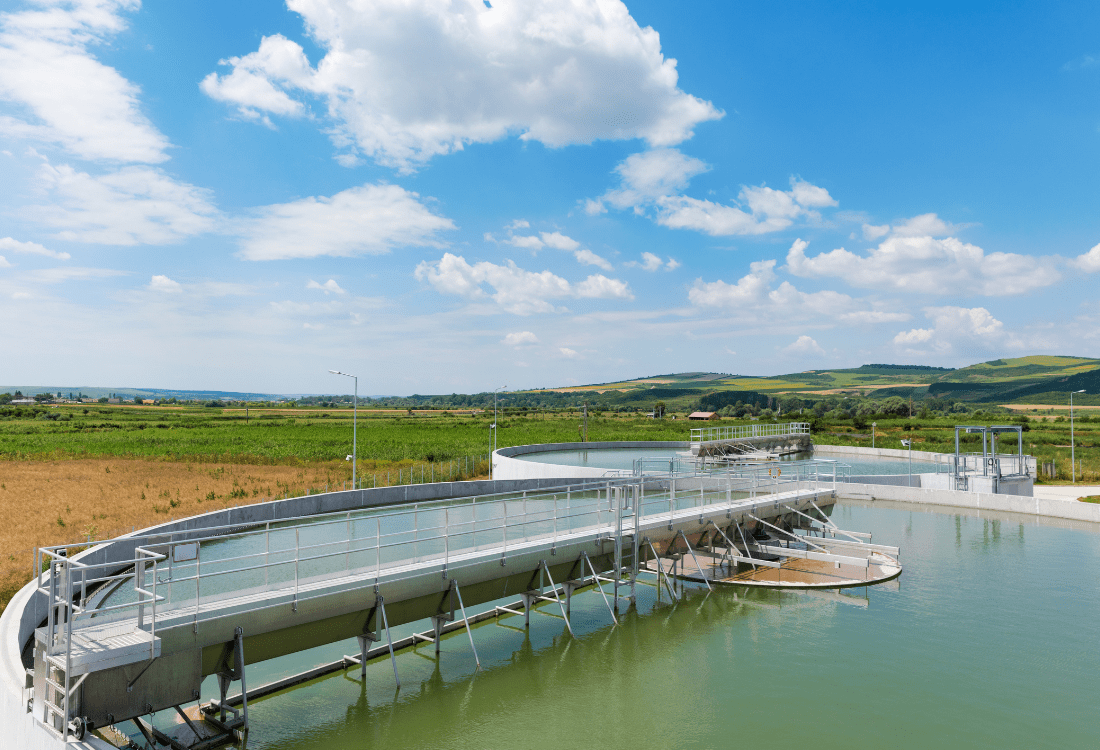
The Use Of Static Mixers In The Wastewater Process
The recent outbreak of Cryptosporidium in Devon, which has resulted in more than 100 cases of waterborne illness, has highlighted the potential risks of contaminants entering the water supply. The cleanliness of water, whether it is fed back into the supply network or channelled into rivers or the sea, is non-negotiable and depends on efficient and effective processing to maintain public health and protect the environment. In modern wastewater treatment plants, water treatment static mixers play a critical role in various stages of the process while reducing energy consumption and suppressing costs and carbon emissions.
In this article, we’ll explore the role of static mixers in industrial wastewater treatment processes and how they contribute to achieving optimum results.
Even Blending Of Chemical Treatments
Static mixers are essential for introducing chemicals into wastewater to facilitate the blending process. These devices help to distribute chemicals and other treatment agents evenly throughout the wastewater, ensuring a homogeneous mixture. By achieving uniform distribution, static mixers enable the chemicals to react effectively with the contaminants in the water, leading to improved treatment outcomes and higher quality standards.
Neutralising pH
Another goal in effective wastewater treatment is the neutralisation of pH levels of the water. Particularly high or low pH levels can cause corrosion to pipes and plumbing systems and is also unappealing due to its odour, colour, and taste. Static mixers play a crucial role in wastewater treatment by ensuring the even distribution of neutralising agents. By thoroughly mixing these with the wastewater, static mixers help to achieve a balanced pH level, which is essential for subsequent treatments and the safe release of treated water into the environment.
Promoting Aeration
In addition to chemical mixing, static mixers are also employed in the aeration process in wastewater treatment. During aeration, air bubbles are introduced into the wastewater to promote the transfer of oxygen and to stimulate microbial activity. Static mixers aid in the dispersion of these air bubbles, creating a well-aerated environment that supports the growth and function of beneficial microorganisms responsible for breaking down organic matter and removing contaminants.
Enhancing Sludge Treatments
Static mixers are effective in the sludge treatment phase of the wastewater process. Sludge - the solid residue that is generated during wastewater treatment - requires proper blending and conditioning before disposal. Specialist non-blocking static mixers are designed to manage the viscous nature of sludge, enabling efficient blending and polymer dosing. These mixers prevent clogging and ensure the uniform distribution of polymers, which enhances sludge dewatering and improves the overall efficiency of sludge treatment.
A Superior Alternative To Other Mixing Methods
The use of static mixers in wastewater treatment offers several advantages over traditional mixing methods. As no moving parts are used, static mixers offer low maintenance and are energy efficient, reducing costs and lowering the carbon footprint. With a compact design, static mixers can also be easily retrofitted to existing treatment systems without the time, expense, and inconvenience of significant modifications.
Find Out More
For more information about our static mixers or our services for wastewater treatment facilities, please get in touch with Statiflo today.
Image Source: Canva



